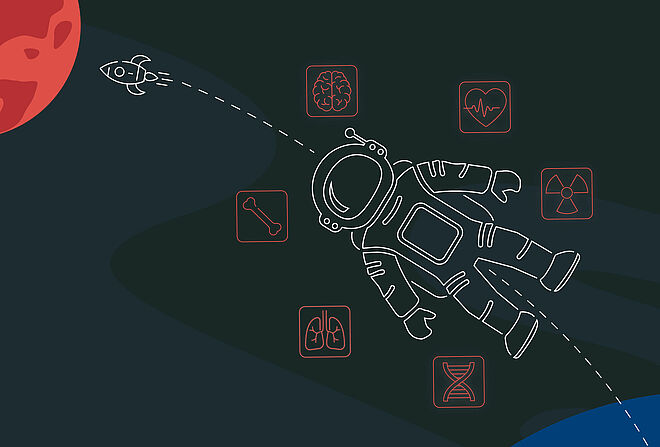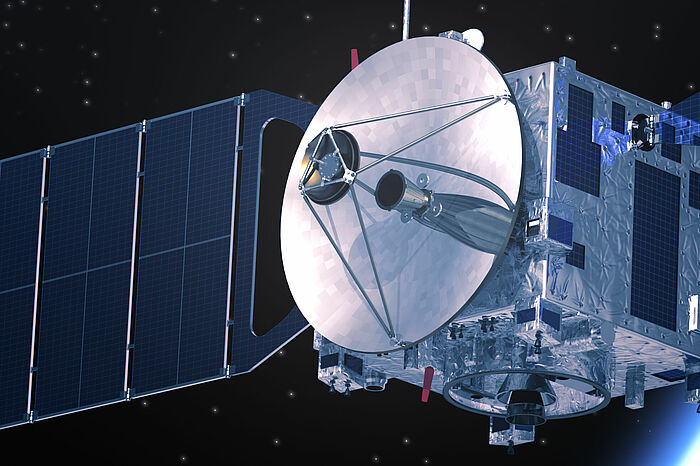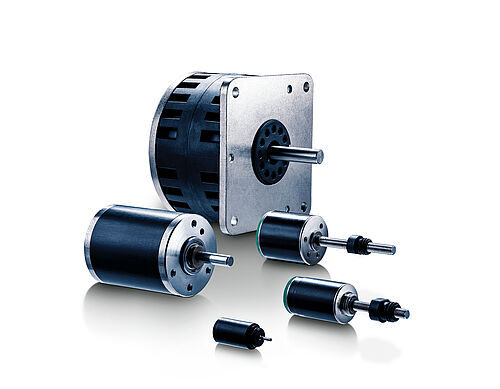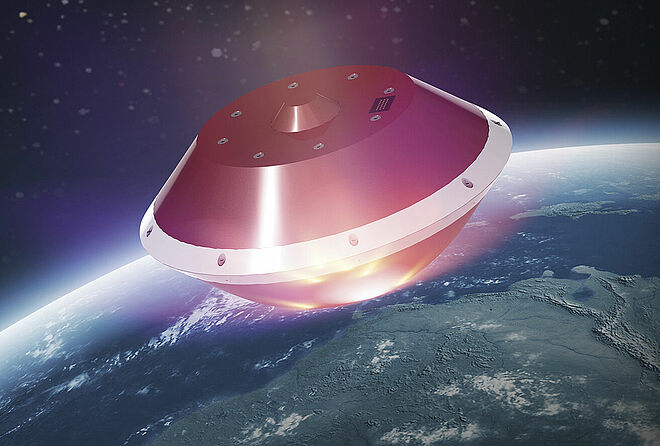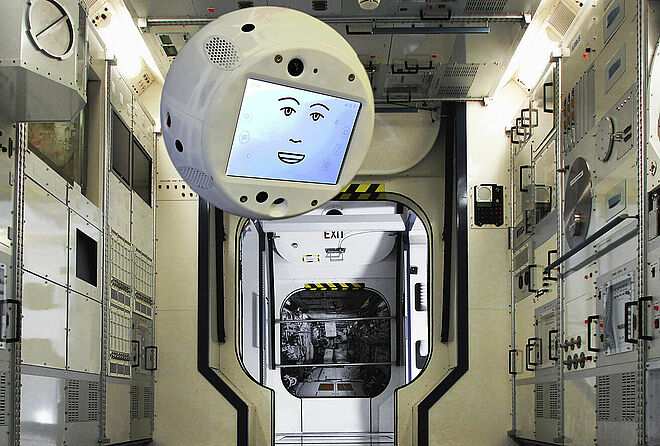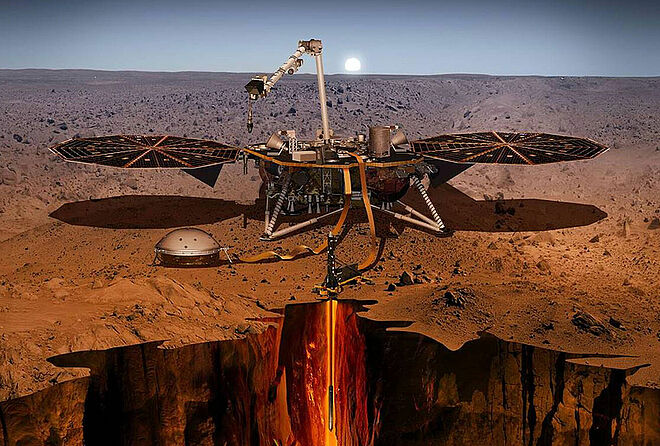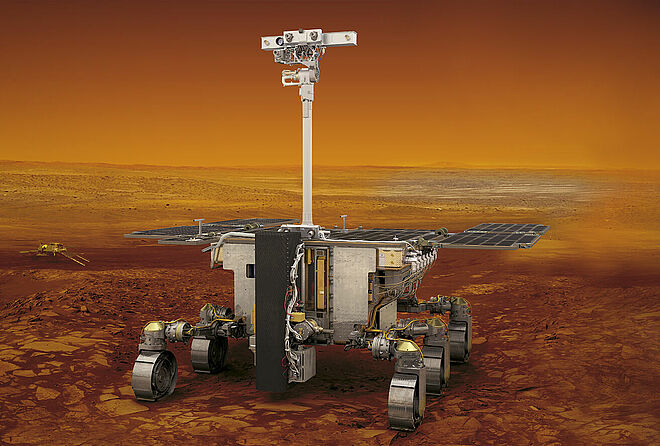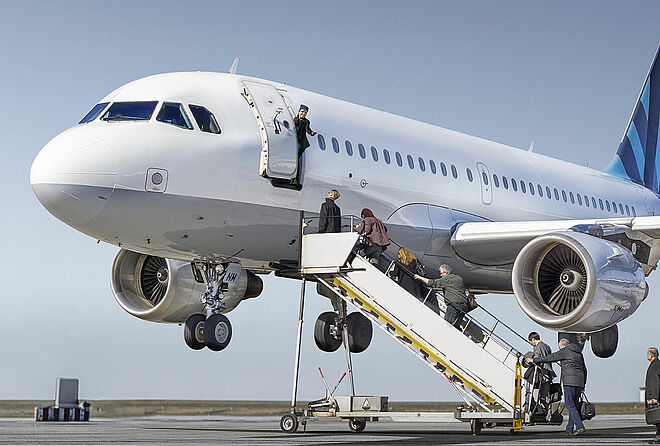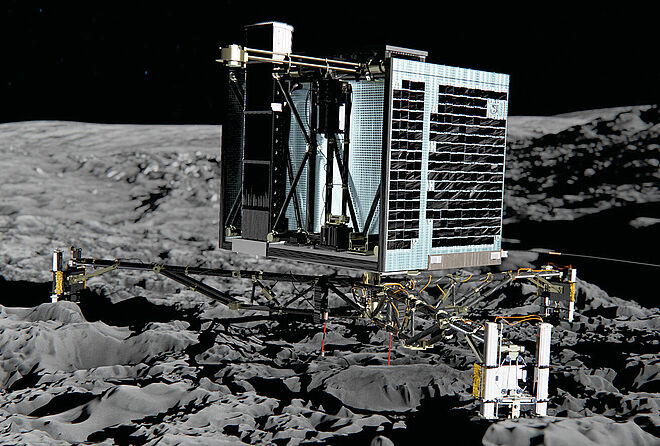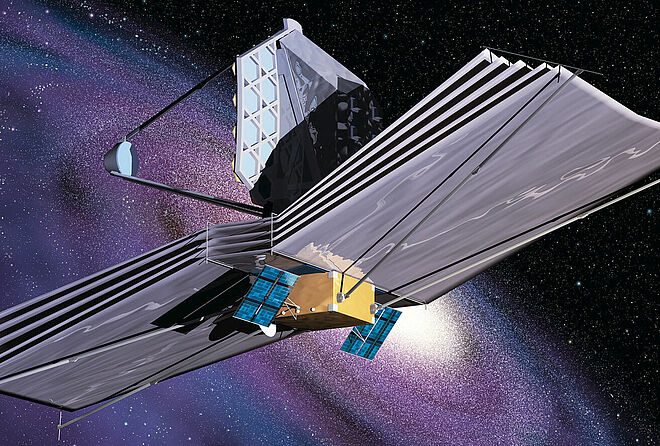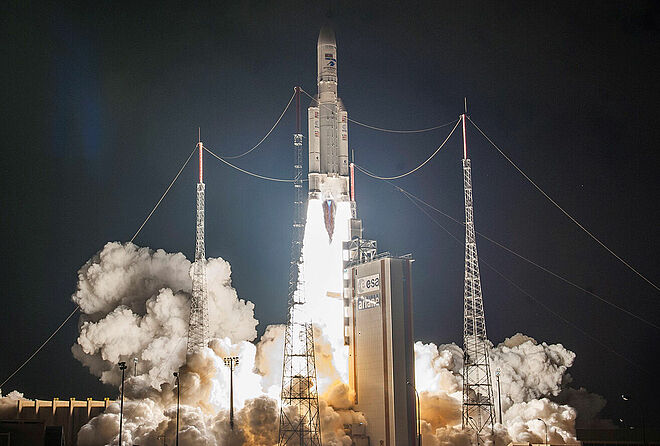The first satellite reached its orbit in 1957. Since then, a lot has happened. Man has set foot on the Moon in 1969, GPS became the reliable global system for navigation after the deactivation of Selective Availability in 2000, several research satellites went on missions to Mars, the Sun and beyond. Such missions can take years to reach their destinations. Therefore, functions such as the deployment of solar panels, are hibernated for a long time and must work guaranteed when activated.
Drive systems and accessories used in satellites must endure a lot, during the launch as well as in space. They must cope with vibrations, acceleration, vacuum, high temperature range, cosmic radiation or long storage during the travel. EMI compatibility is a must and drive systems for satellites furthermore have to face the same challenges as all space missions: every kilogram of weight that goes into orbit costs a hundred times its weight in fuel, the consumption of energy must be as low as possible using up the smallest possible installation space.
Driven by private companies, customized commercial of the shelf (COTS) parts are becoming more important in space applications. Traditional ‘space-qualified’ parts undergo extensive design, testing and evaluation, therefore costing much more than their COTS counterparts. Often, the process takes so long, technology has advanced and COTS parts perform better. This approach requires a cooperative supplier. FAULHABER therefore is your ideal partner for COTS as we are able to customize our standard parts even in very small batches and aerospace applications are nothing new to us.
Private endeavors made access to space much easier, thanks to new launchers used by companies such as SpaceX or BluOrigin. New players emerge, introducing new ideas such as the starlink network or even space tourism. That development illustrates the importance of high reliable but also very cost effective solutions.
Microdrives from FAULHABER are your excellent solution for space applications. They are always ready for action, tolerate short-term overloads and are resistant to both cold and heat as well as outgassing if modified slightly with respect to materials and lubrication of the standard components. This makes them a cost-effective drive solution for space technology, without compromising on reliability or service life.
Robust assembly, high speed range, and exceptional performance in even the harshest environments make FAULHABER drive systems the perfect solution for demanding positioning applications or applications for reaction wheels, where acceleration control is needed and our drives are particularly suitable. The stepper motors from FAULHABER are also characterized by a long service life and high reliability thanks to their electronic commutation (motor without brush). The name stepper motor comes from the operating principle, as the stepper motors are driven by an electromagnetic field. This turns the rotor a small angle – a step – or a multiple thereof. The FAULHABER stepper motors can be combined with lead screws or precision gearheads and thereby offer functionality that is unmatched on today's market.
